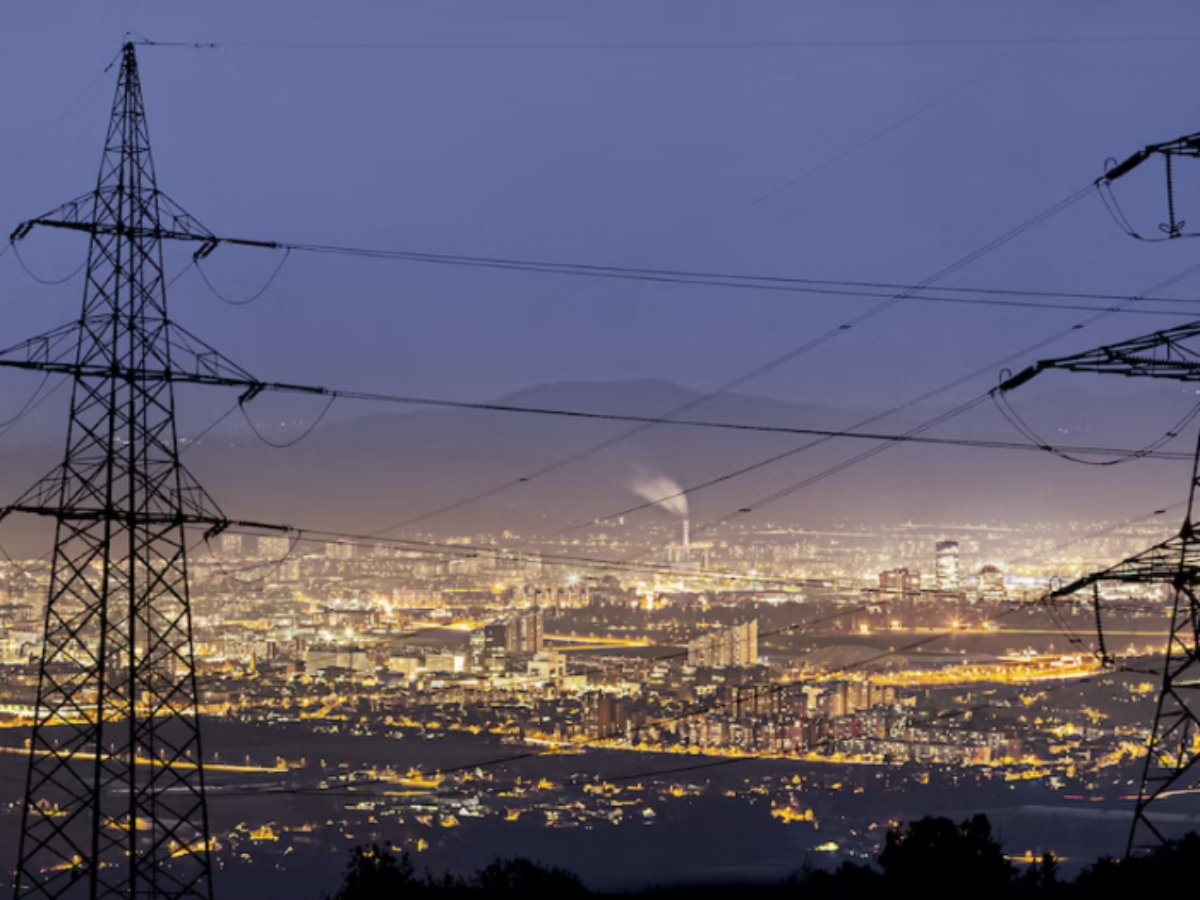Renewables set to overtake coal in 2024 – report

By Peter Roberts
The news has been full of worrying stories of late that the climate might be at that dreaded tipping point where runaway climate dislocation is really going to start affecting us in our everyday life – including the ability to carry on business as normal.
From Australia’s terrible bushfires only a few years ago, to floods in Beijing today – the world is full of bad news.
Yet there may also be another very welcome tipping point about to be reached.
The International Energy Agency Electricity Market Report 2023 presents their latest data for 2022 as well as forecasts for global electricity demand, supply and emissions through 2024.
We must have been doing something right because the strong deployment of renewables worldwide means renewables are now on track to meet all the additional growth in global electricity demand over the next two years.
According to the IEA: “By 2024, renewables’ share of global electricity generation will exceed one-third.
“And depending on weather conditions, 2024 could well become the first year in which more electricity is generated worldwide from renewables than from coal.
“At the same time, electricity generated from fossil fuels is expected to decline over the next two years.
“Electricity generated from oil is projected to fall significantly, while coal-fired generation will slightly decline in 2023 and 2024, after rising 1.7 percent in 2022.”
The IEA’s Director for Energy Markets and Security Keisuke Sadamori said: “And we’re encouraged to see renewables accounting for a rising share of electricity generation, resulting in declines in the use of fossil fuels for power generation.
“Now is the time for policy makers and the private sector to build on this momentum to ensure emissions from the power sector go into sustained decline.”
Fortunately Australia seems to have shaken off its climate ambivalence and is making progress itself.
While the coal dependent states of the east are finally getting serious on a transition, South Australia is already more than 71 percent renewable, and Western Australia is a leader in creating the new green energy exports we are going to need to replace fossil fuels.
The IEA said it now sees electricity generated from fossil fuels globally falling in four out of the six years between 2019 and 2024.
“In the past, annual declines in fossil-fired generation were rare and occurred primarily after global energy and financial shocks, when global electricity demand was suppressed.
“But in recent years, electricity generated from fossil fuels has lagged or fallen even when electricity demand expanded.
“That indicates the world is rapidly moving towards a tipping point in which global electricity generation from fossil fuels will increasingly be replaced by electricity from clean energy sources, the report finds.”
Just as in Australia where energy intensive industries like steel and cement are seriously looking at a different future, Europe is showing the way – partly spurred by the Russian invasion of Ukraine which has highlighted a dependence on Russin gas and oil.
The IEA said almost two-thirds of the net reduction in EU electricity demand in 2022 is estimated to have come from energy-intensive industries contending with elevated energy prices following Russia’s invasion.
“This trend has continued well into 2023, despite prices for energy commodities and electricity falling from previous highs.”
Meanwhile electricity demand in the United States is expected to decline by almost two percent this year while demand in Japan is forecast to fall by three percent, the same as in the EU.
It is optimistic stuff.
But before we get too complacent China’s demand for electricity is forecast to increase at an average annual rate of 5.2 percent over the next two years – perhaps images of rivers of mud flowing down Beijing streets might stir up their policy makers.
But at least the picture is not entirely dire…I might just crack open a beer in that can made from green New Zealand aluminium, and throw another shrimp on the energy efficient induction barbeque.
Picture: International Energy Agency
@aumanufacturing Sections
Analysis and Commentary Awards Defence Manufacturing News Podcast Technology Videos










